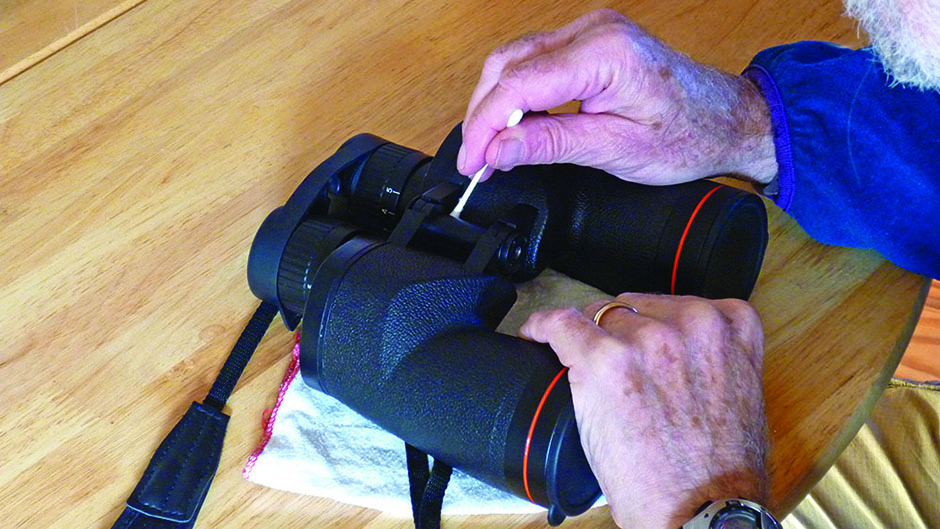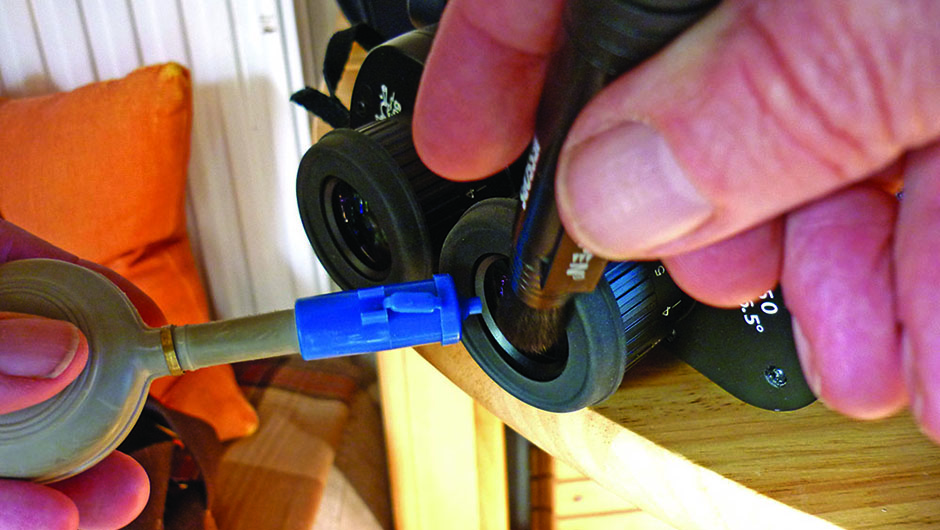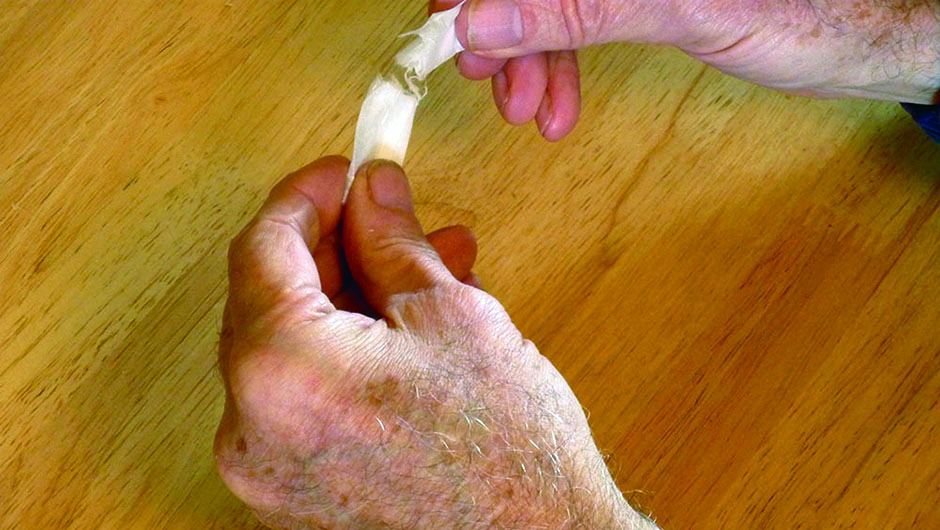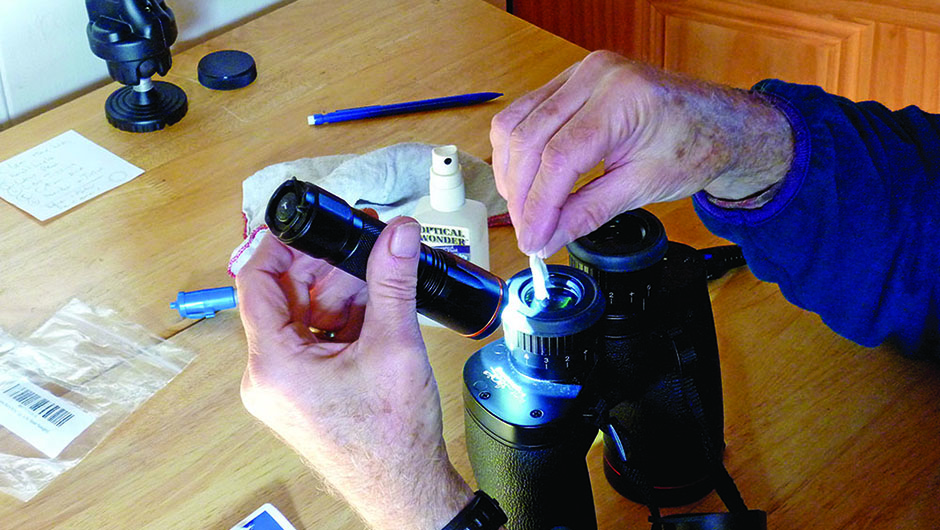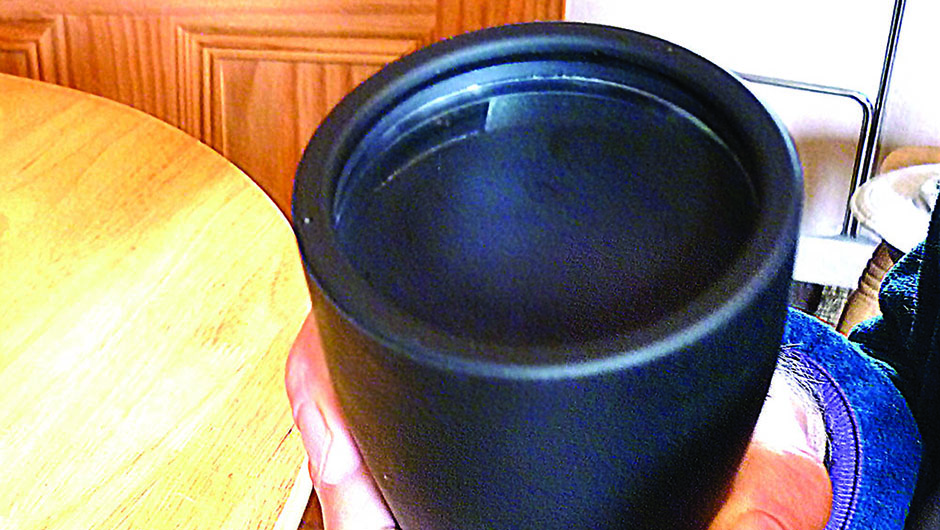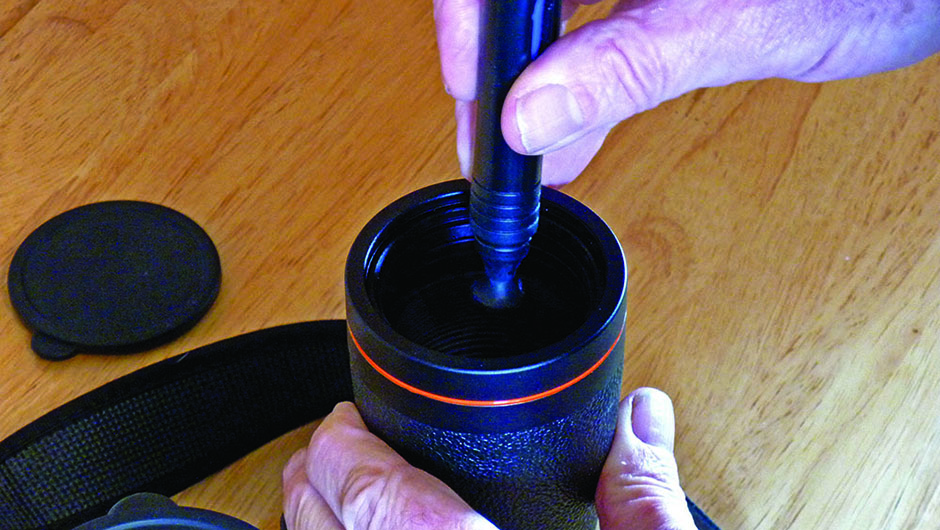There is an old adage that the best way to clean any piece of optical equipment is to prevent it getting dirty in the first place.Obviously this isn’t practical if you plan on doing something as reckless as actually using your binoculars, but you can certainly reduce the frequency of cleaning if you’re careful.
Almost all binoculars come with cases and a set of lens caps; keep them clean, inside and out, and make use of them whenever your binoculars aren’t in action.
Please don’t assume that lens caps alone are sufficient; they are not.
While it’s essential to keep the lenses as clean as possible, you also need to reduce the amount of dust that penetrates the various mechanical parts of your binoculars, especially the focusers and hinges, where it can increase the rate of wear.
Also, any grime that falls off the body of the binoculars could fall into their case or onto the inner surface of a lens cap, from where it can be transferred to an optical surface.
Your fingers might also pick up dirt from the body of the binoculars that could end up on the lenses.
In practice it is the optical surfaces, particularly the eyepieces, that are the most susceptible to damage.
Never be tempted to leave your binoculars uncapped, standing on a windowsill.
The eyepieces will immediately begin to accumulate dust, which has the potential to damage the lens coatings when it’s wiped off, particularly if done inexpertly.
You will probably find that your eyepiece lenses get dirty much more quickly than the objective lenses do.
This is largely because binoculars are eyepiece-up when you hang them from your neck, making the eyecups perfectly positioned receptacles for dust, pollen, cake crumbs, drips of coffee or any other contaminant that seems to be attracted with magnetic precision towards any exposed optical surface.
Standard individual eyepiece caps are not very convenient to use during an observing session, but a rain guard, tethered to the neck strap, is ideal.
If you make a habit of covering the eyepieces when you take the binoculars from your eyes and let it hang, it will soon become second nature, and you’ll find your eyepieces stay much cleaner.
Grime crimes
There’s not a lot you can do about the objective lenses.
They accumulate little grime when they’re hanging downwards from the neck strap, but when you’re using them, they’re inevitably directed upwards, in a detritus-collecting orientation.
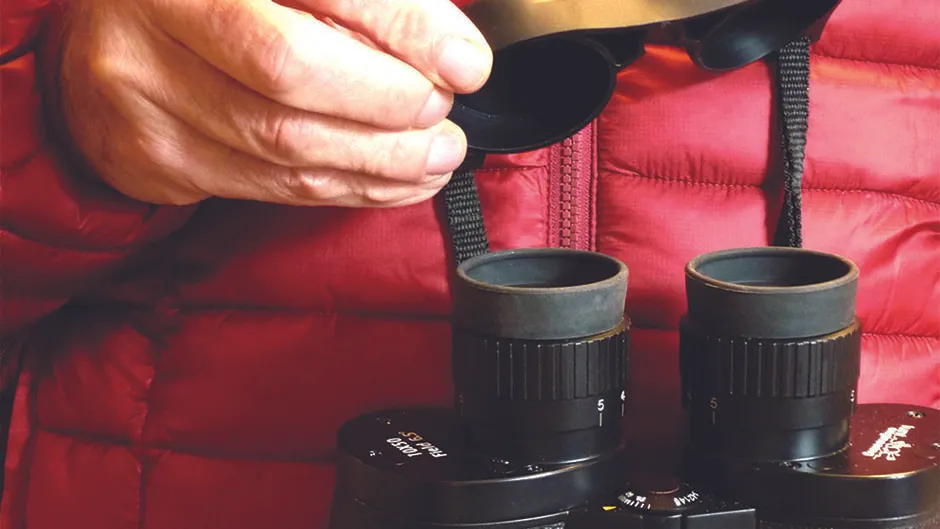
No matter how careful you are, your lenses will eventually need cleaning.
Small amounts of ordinary dust are best left; this doesn’t noticeably affect the image and, as long as it is not wiped, it won’t harm the lens.
However, there are some offenders that should be removed as soon as possible: pollen, fingerprints, eyelash grease, cosmetics and dew.
Pollen can be particularly harsh: some pollens are sticky, extremely sharp-edged and capable of etching lens coatings.
Fingerprints, eyelash grease and some cosmetics can start to etch the lens surface if they are left for a few days.
Dew is inevitable in Britain. It’s a good idea to wipe it off the body of the binoculars with a clean cloth (you’ll take some dust off with it), but never wipe it off a lens; let it evaporate.
You can speed this up with a hairdryer (for field use, a 12V camping hairdryer is usually a fraction of the cost of a dedicated astronomical ‘dew-gun’ that does the same job).
Initially you should point the hairdryer away from the lenses so that any dust that’s settled inside the dryer isn’t blasted at them.
Otherwise just leave the binoculars, uncapped and horizontal, somewhere warm and dry for a few hours.
Moisture is ruinous to binoculars, so always keep a sachet of silica gel in their case so that any residual moisture is absorbed.
When you clean your lenses, the watchword is ‘care’.
Never be tempted to use a handkerchief or the hem of your tee-shirt, but carefully follow our cleaning advice, and your binoculars will continue to give you their best.
